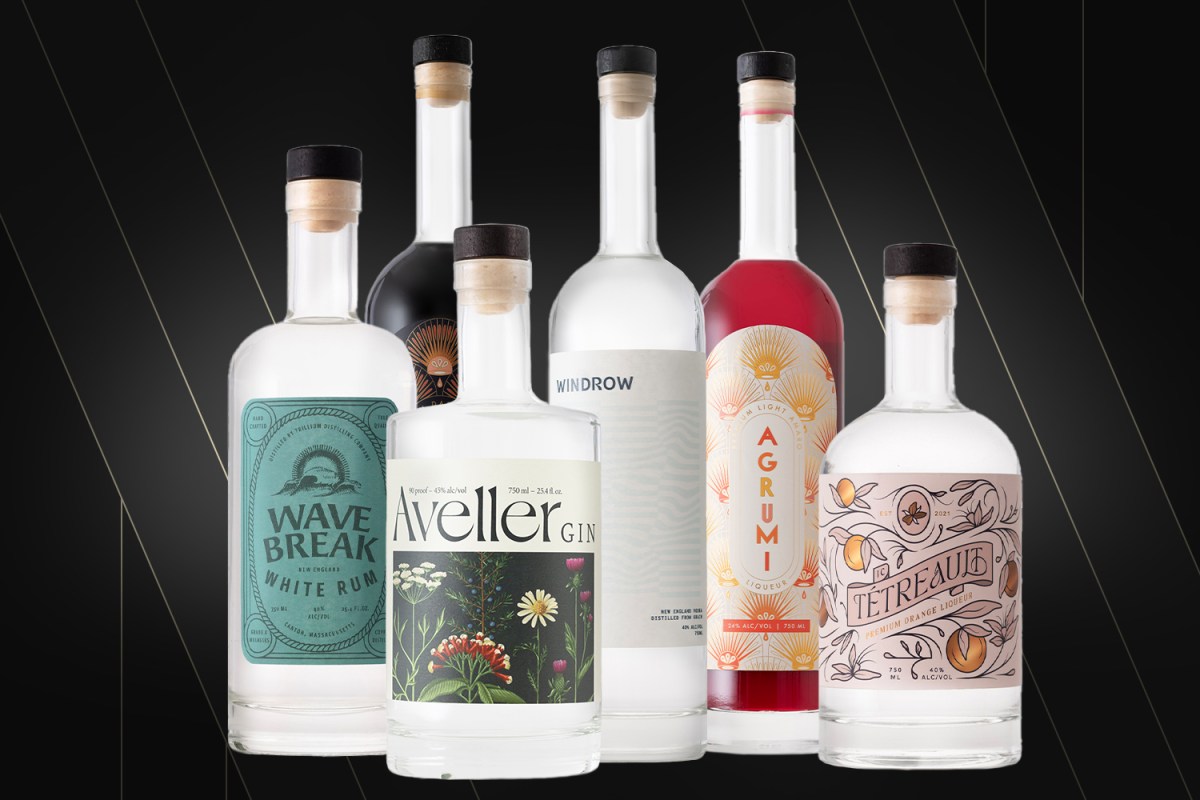The Ultimate Distillery Experience: From Grain to Glass, Whatever You Need to Know
Starting a trip through the details of the distillery process unveils a globe where science meets creativity in the creation of spirits. From the mindful choice of grains to the meticulous crafting of each container, every step in the manufacturing line plays a crucial function fit the end product that beautifies our glasses. As we look into the nuances of aging, taste, and purification accounts, a deeper recognition for the workmanship and commitment behind each sip arises. Join us as we unravel the layers of proficiency and interest that culminate in the utmost distillery experience.
The Art of Grain Option
Selecting the suitable grains is a critical action in the purification process, identifying the taste account and top quality of the last item. The type of grain chosen substantially affects the personality of the spirit being produced - Breweries in Galveston Texas. Typical grains used in distillation include barley, wheat, rye, and corn, each conveying distinct flavors and characteristics to the final product

Beyond flavor factors to consider, the top quality and purity of the grains are critical. Distillers thoroughly resource grains to guarantee they are without pollutants and possess the essential starch content for fermentation. By mastering the art of grain selection, distillers lay the foundation for producing outstanding spirits that astound the taste.
Purification Refine Demystified
Having developed the foundation with precise grain option, the distillation process arises as the transformative stage where the significance of the picked grains is unlocked and improved into a perky form. The procedure does not end there; several purification runs or additional actions such as maturing in barrels may additionally refine the spirit, enhancing its complexity, flavor, and personality. Recognizing the complexities of the purification procedure is crucial for creating high-grade spirits that captivate aficionados and enthusiasts alike.
Barrel Aging and Flavor Development
During the barrel aging procedure, spirits undertake a transformative trip as they interact with the wood, absorbing nuanced flavors and establishing an abundant intricacy. The kind of timber made use of, typically oak, considerably affects the last preference of the spirit. Oak barrels are preferred for their one-of-a-kind homes that improve the taste account. As spirits age in the barrels, they draw out substances such as vanillin, lignin, and tannins from the timber, adding to the advancement of scents like vanilla, caramel, flavor, and also tips of toasted oak.
In addition, the aging procedure permits oxidation to happen, resulting in further chemical reactions that smooth the spirit and complete any type of severe edges. The permeable nature of timber likewise enables the spirit to take a breath, promoting the assimilation of flavors over time. Depending on the period of aging and environmental conditions like temperature level and humidity, spirits can acquire various attributes, from subtle timber notes to deep, complicated flavors that make each set special. Eventually, barrel aging see this plays a pivotal duty fit the distinct preference profile of each spirit, providing a sensorial trip for lovers to enjoy.
Workmanship in Bottling and Labeling
As spirits reach their ideal flavor accounts through barrel aging, the thorough craftsmanship in bottling and classifying becomes the following vital action in offering a premium item to consumers. The process of identifying and bottling is an essential facet of the overall distillery experience, as it is the last touchpoint prior to the product reaches the hands of customers (Distillery in Galveston). Workmanship in bottling includes making certain that each container is filled up precisely with the spirit, taking into account factors such as consistency in fill degrees and the avoidance of any impurities going into the container

Sampling and Valuing Great Spirits
To fully appreciate fine spirits, one need to involve all the detects in a conscious and purposeful sampling experience. When her explanation sampling penalty spirits, it is important to begin by observing the spirit's look. Keep in mind the shade, quality, and thickness of the fluid in the glass. Swirl the spirit carefully to release its scent. The nose is a vital feeling in tasting spirits; take a moment to inhale the complex aromas deeply. Next off, take a tiny sip and allow it remain on your taste buds. Pay interest to the different flavors that unravel - from pleasant and fruity notes to spicy or smoky undertones. Consider the mouthfeel, noting if the spirit is smooth, creamy, or fiery. Swish the spirit in your mouth to totally experience its structure and taste. Finally, ingest gradually and appreciate the lingering finish. Fine spirits frequently leave an enjoyable aftertaste that can reveal much more regarding the craftsmanship and top quality of the beverage. By engaging all your detects in this way, you can really savor and value the complexities of fine spirits.
Verdict
Finally, the distillery experience encompasses the detailed art of grain choice, the precise purification process, the transformative barrel aging, the thorough craftsmanship in bottling and labeling, and the advanced practice of sampling and appreciating great spirits. Each action in the manufacturing process plays a crucial function in creating high-grade spirits that mesmerize the detects and pleasure aficionados worldwide.
The type of grain selected considerably affects the personality of the spirit being created. By understanding the art of grain selection, distillers lay the structure for creating exceptional spirits that mesmerize the taste.
